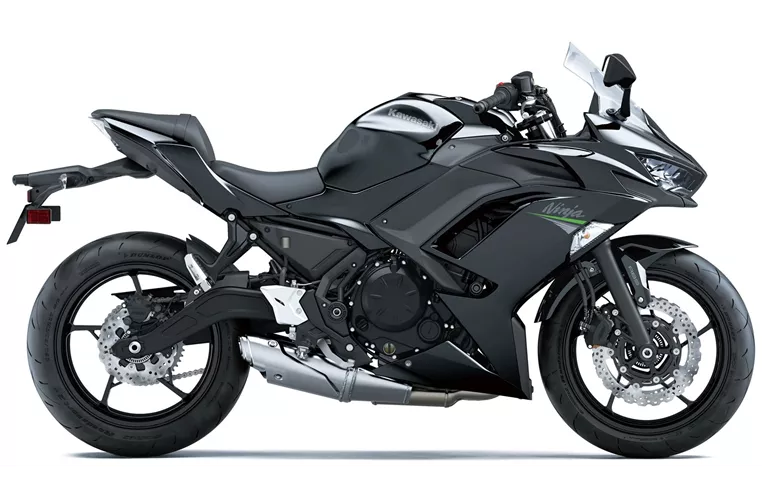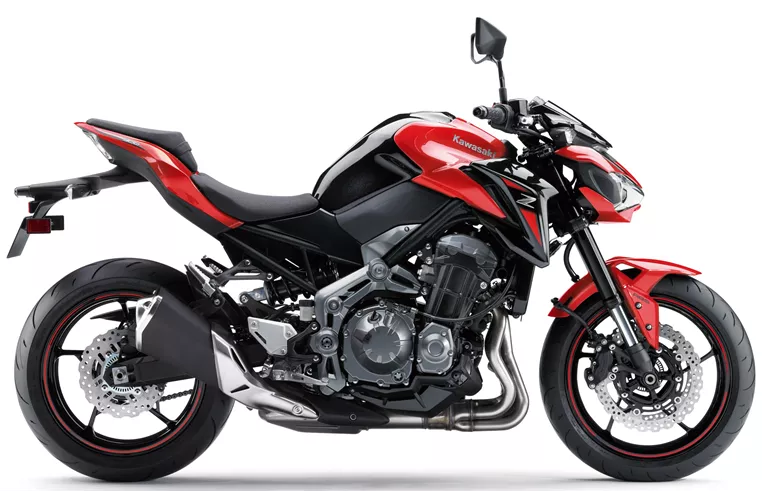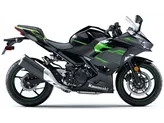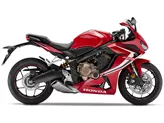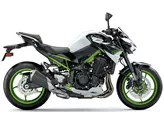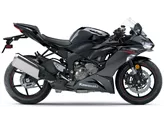Kawasaki Ninja 650 2020 vs. Kawasaki Z900 70kW 2018
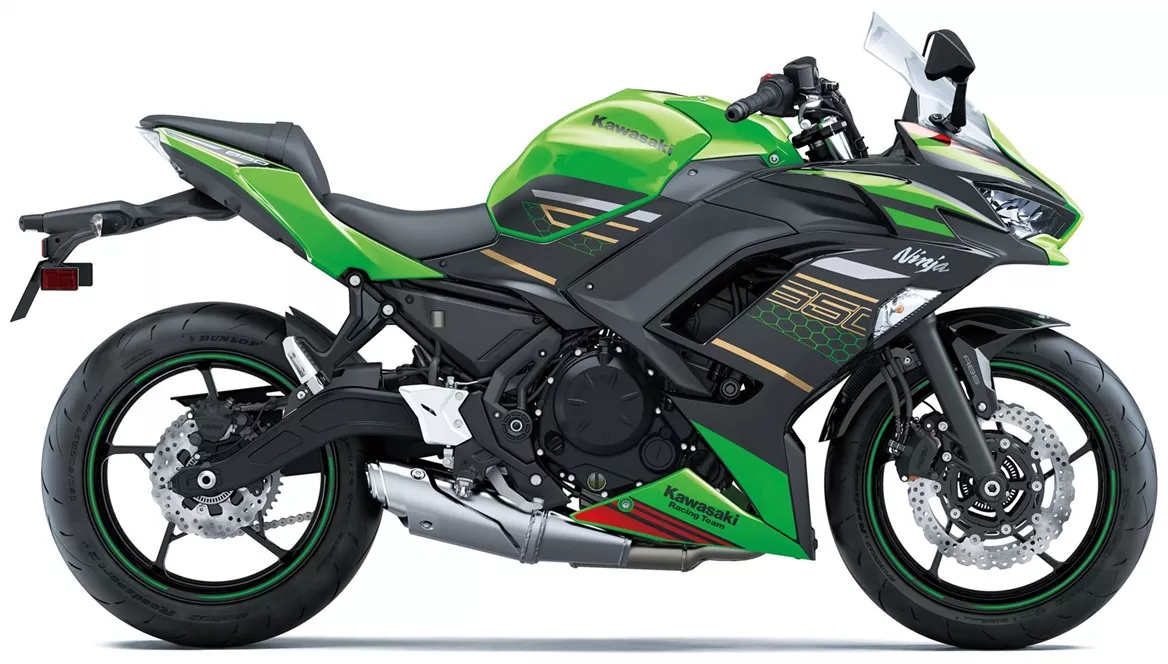
Kawasaki Ninja 650 2020
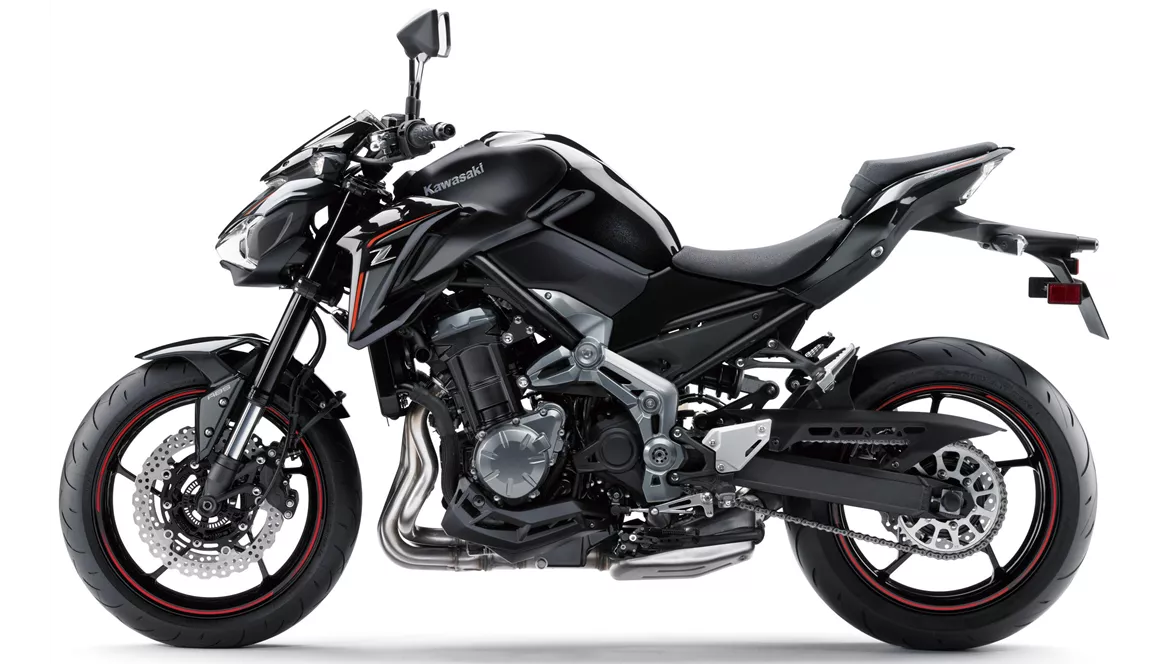
Kawasaki Z900 70kW 2018
Visão geral - Kawasaki Ninja 650 2020 vs Kawasaki Z900 70kW 2018
The Kawasaki Ninja 650 2020 and the Kawasaki Z900 70kW 2018 are both popular models from Kawasaki, but they have some key differences in terms of their technical specifications and strengths.
Starting with the Kawasaki Ninja 650 2020, it is equipped with a powerful inline twin-cylinder engine that produces 68.2 HP of power and 65.7 Nm of torque. The engine has a displacement of 649cc and a compression ratio of 10.8. It features a liquid cooling system and a fuel injection system for efficient performance. The bike has a sleek and sporty design, with a steel frame and a tubular chassis. It has a rake of 65.5 degrees and a trail of 100 mm, which contribute to its stable handling. The front suspension consists of telescopic forks with a diameter of 41 mm, while the rear suspension is a swingarm with a monoshock and preload adjustment. The bike is equipped with dual disc brakes at the front with a diameter of 300 mm and ABS for enhanced safety. It has a seat height of 790 mm and weighs 193 kg (with ABS). The Ninja 650 2020 also features a TFT display with connectivity, making it a modern and technologically advanced motorcycle.
On the other hand, the Kawasaki Z900 70kW 2018 is a naked bike that is powered by a smooth inline four-cylinder engine. It generates 95 HP of power and 91.2 Nm of torque, thanks to its larger displacement of 948cc and higher compression ratio of 11.8. The engine is also liquid-cooled and fuel-injected for optimal performance. The Z900 has a sturdy steel frame with a double cradle chassis design. It has a rake of 65 degrees and a trail of 105 mm, which contribute to its stability at higher speeds. The front suspension consists of upside-down telescopic forks with a diameter of 41 mm, while the rear suspension is a swingarm with a monoshock and preload and rebound adjustment. The bike is equipped with dual disc brakes at the front with a diameter of 300 mm and ABS for improved braking performance. It has a seat height of 795 mm and weighs 210 kg (with ABS).
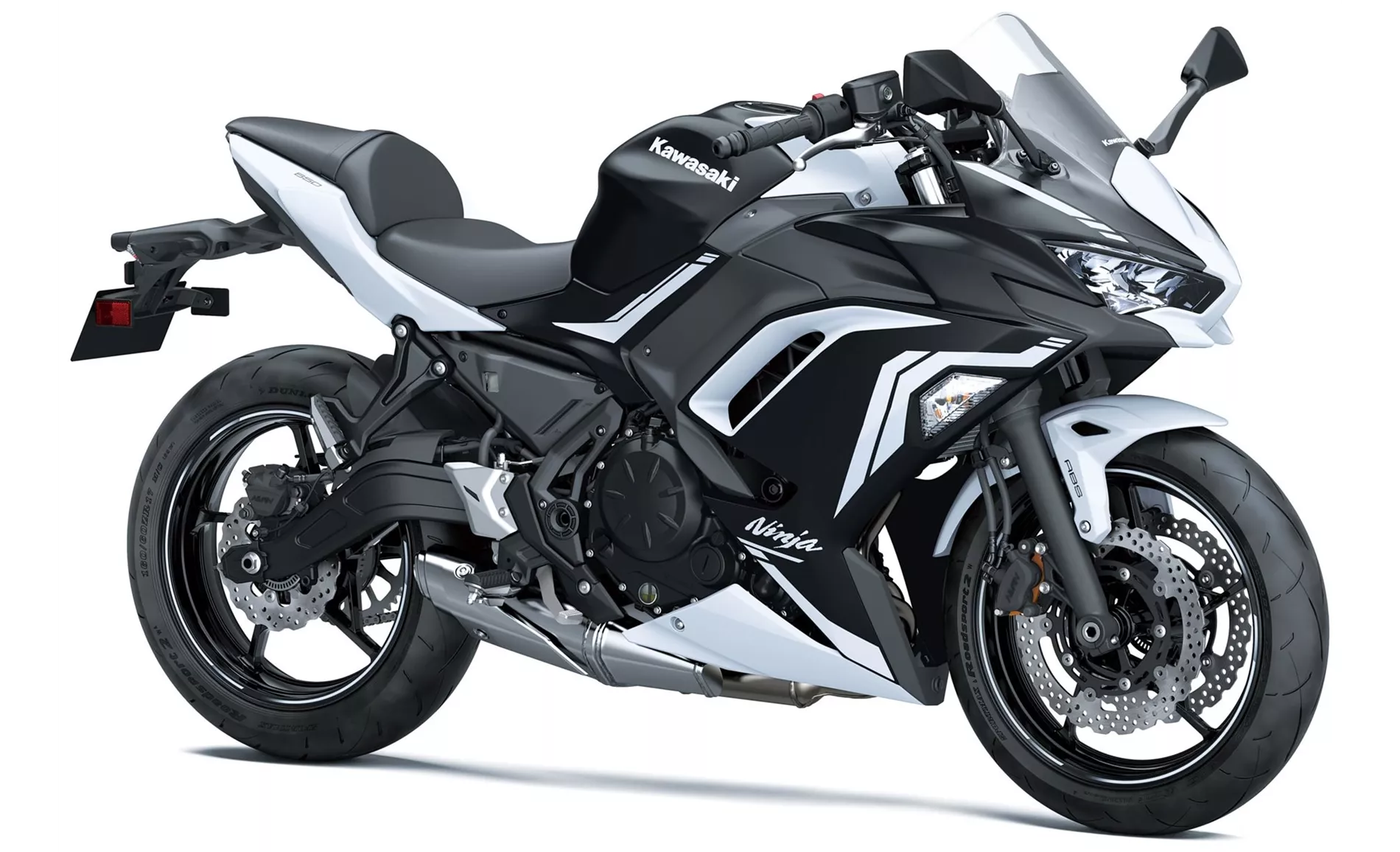
Kawasaki Ninja 650 2020
In terms of strengths, the Kawasaki Ninja 650 2020 stands out for being one of the latest models in its category, and it offers a powerful twin-cylinder engine. It also has a comfortable seat, compact dimensions, and a sporty appearance. The bike features a TFT display with connectivity, which adds a modern touch to its overall package.
On the other hand, the Kawasaki Z900 70kW 2018 has a smooth engine with power delivery at around 6000 rpm, making it suitable for city traffic. It also has well-controlled brakes and a stable performance at highway speeds. The bike's four-cylinder engine produces a typical sound, but it is relatively quiet at low revs.
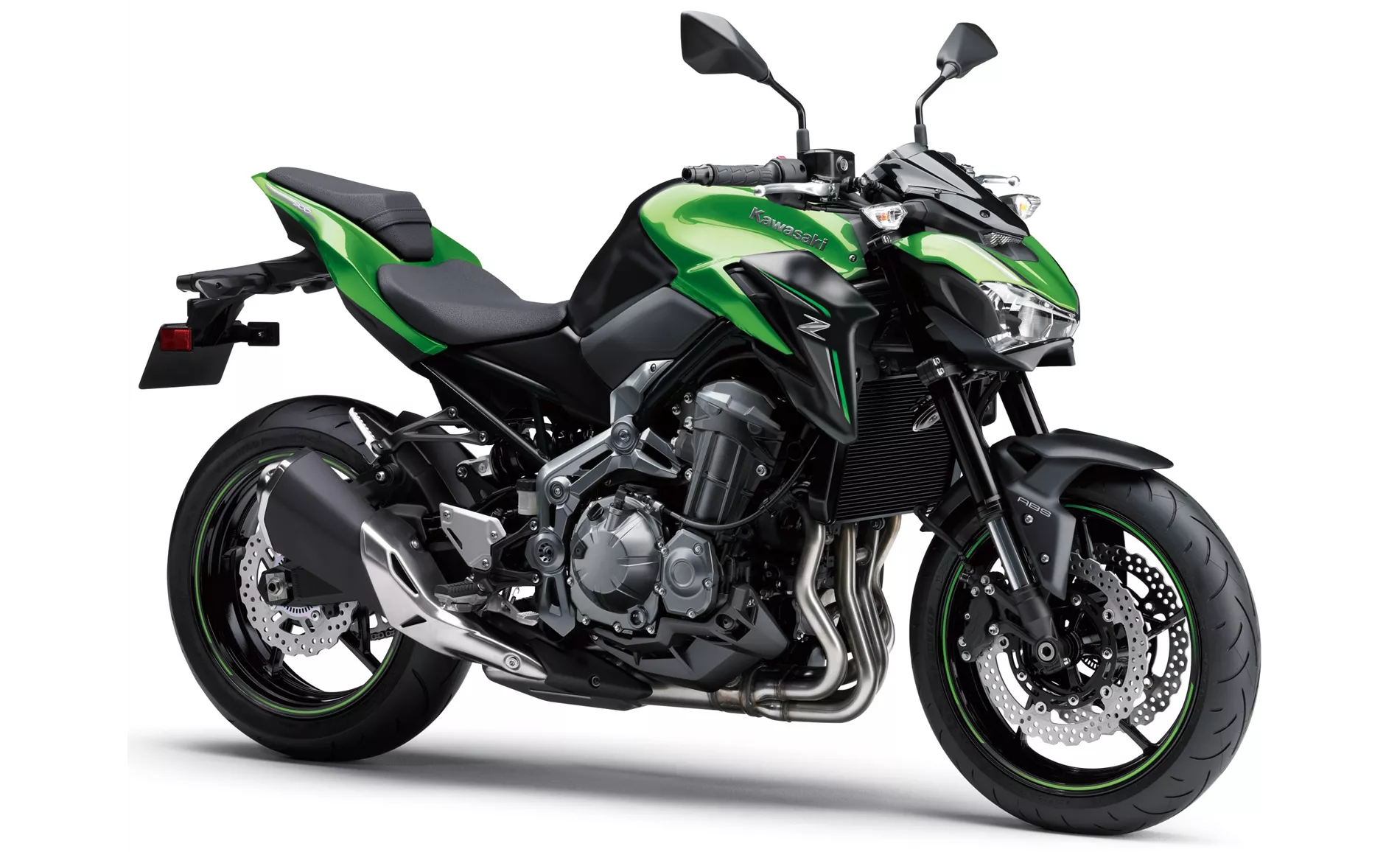
Kawasaki Z900 70kW 2018
However, both bikes have their weaknesses. The Kawasaki Ninja 650 2020 may not be suitable for taller riders, as it is generally considered too small for them. It also has a point of pressure on the front brake, which may affect the riding experience. Additionally, it may not be the best choice for two-up riding, as its suitability is limited in that aspect.
Similarly, the Kawasaki Z900 70kW 2018 may not be suitable for taller riders due to its smaller size. It also has a relatively high weight of 210 kg, which can affect its acceleration, especially with its 48 HP power output.
In conclusion, both the Kawasaki Ninja 650 2020 and the Kawasaki Z900 70kW 2018 have their unique strengths and weaknesses. The Ninja 650 offers a powerful twin-cylinder engine and a sporty design, while the Z900 provides a smooth four-cylinder engine and stable performance. Riders should consider their specific needs and preferences to choose the bike that suits them best.
Especificações técnicas Kawasaki Ninja 650 2020 em comparação com Kawasaki Z900 70kW 2018
Prós e contras em comparação
Prós e contras em comparação
Kawasaki Ninja 650 2020
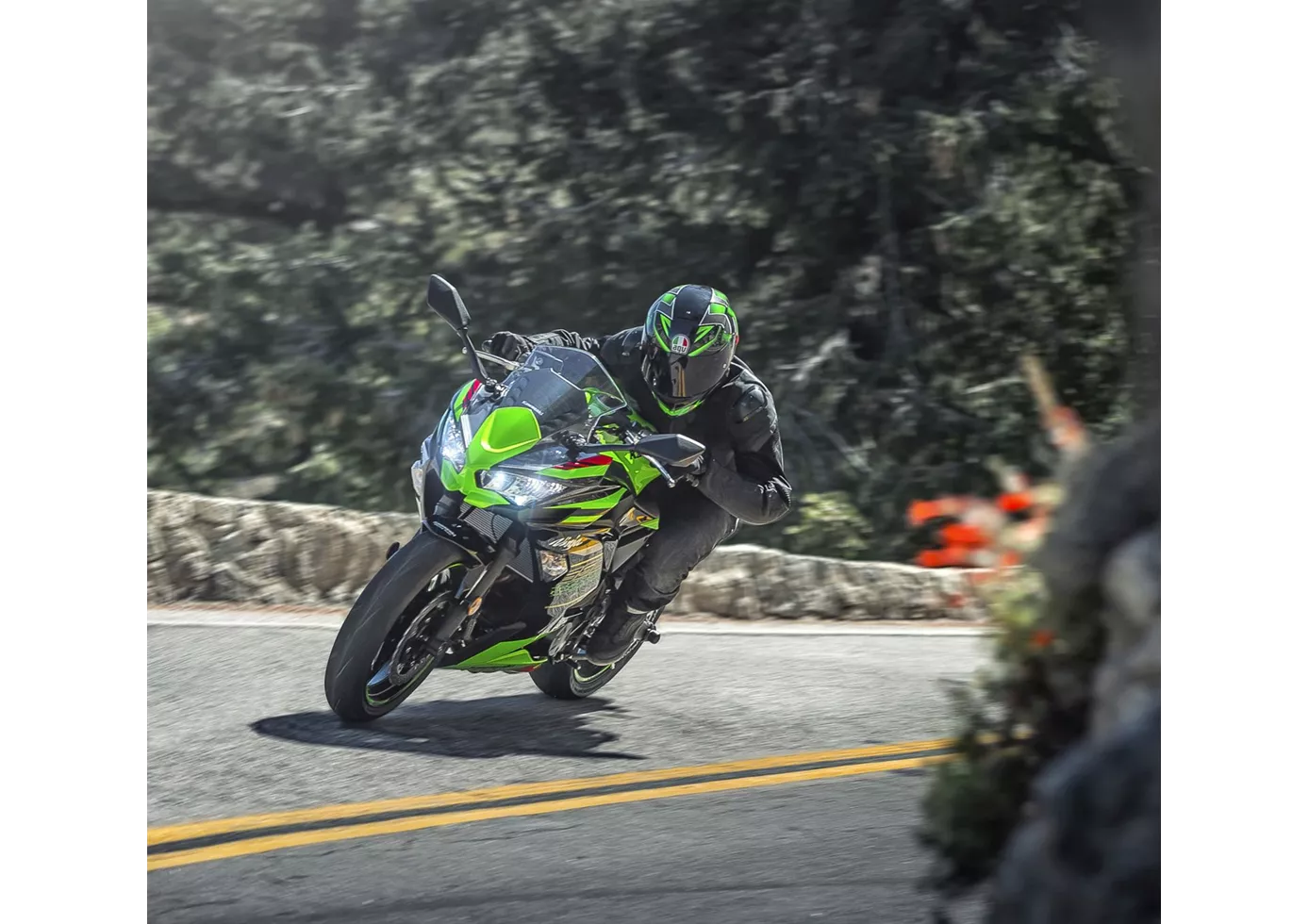
Salve a sport tourer! Com a Ninja 650, a Kawasaki criou uma representante exemplar desta classe e (espera-se) resolveu o problema da nova geração. O chassis estável e os dois cilindros decentes farão as delícias dos principiantes e dos pilotos avançados, mesmo a um ritmo mais acelerado. O travão dianteiro é um pouco bem intencionado demais, faltando-lhe um ponto de pressão transparente, apesar do bom desempenho de travagem. Outra vantagem é o ecrã TFT, que não encontramos na concorrência neste momento, bem como o aspeto adulto, que está fortemente orientado para os modelos Ninja maiores.
Kawasaki Z900 70kW 2018
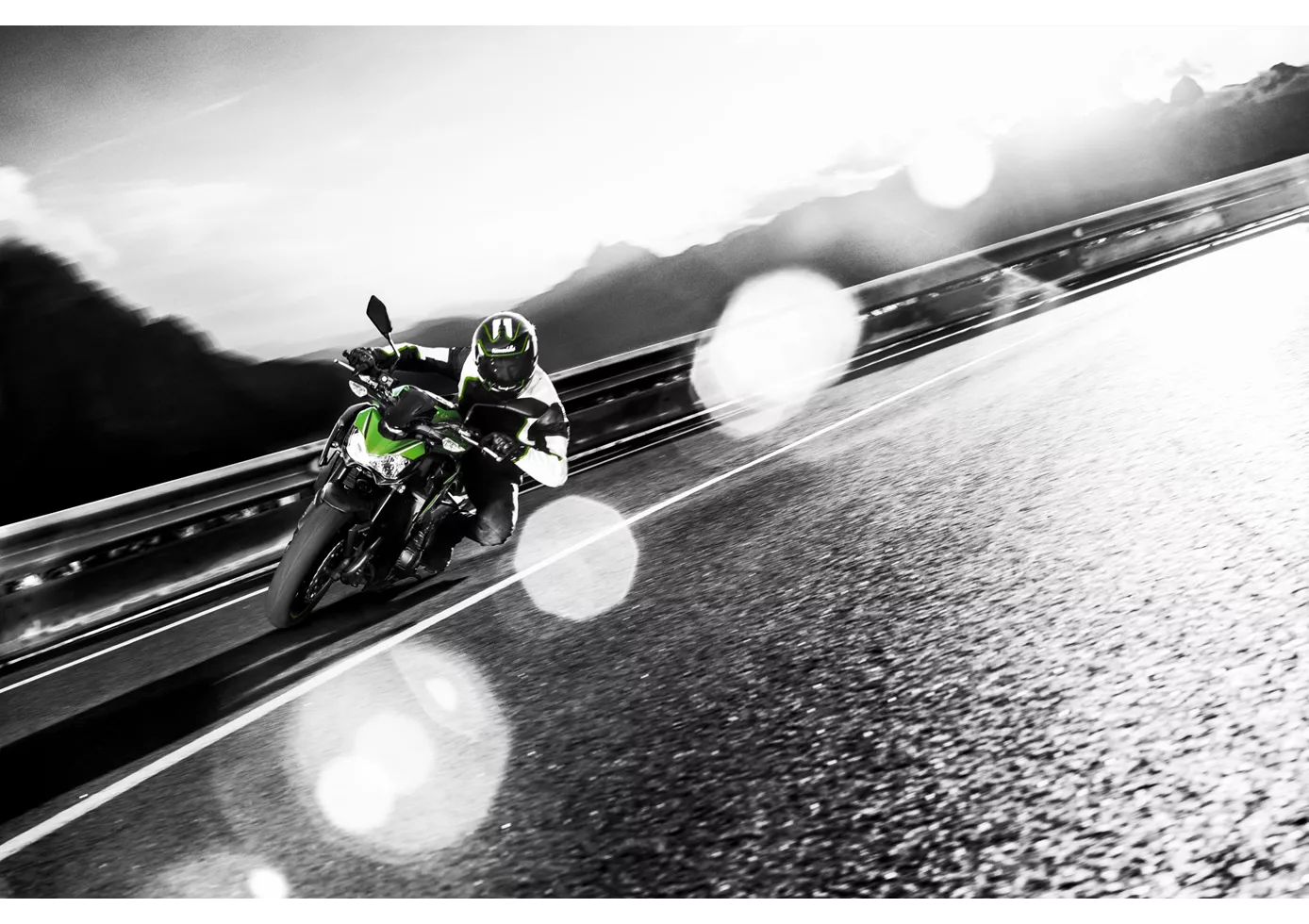
A Z900 é uma mota de entrada de gama de topo. Motor muito suave, excelentes travões e muitas opções de ajuste no quadro e nas alavancas. A aceleração pode ser demasiado boa para os viciados em velocidade, mas é a ideal para a aprendizagem. A falta de artifícios electrónicos, modos de condução e controlo de tração também não incomoda, mas faz da Z900 uma boa moto para aprender o básico da locomoção em duas rodas. Uma purista de alta qualidade, uma verdadeira mota, mesmo com apenas 48 cv!
Comparação de preços Preço médio de mercado Kawasaki Ninja 650 vs Kawasaki Z900 70kW
There are a few key differences between a Kawasaki Ninja 650 2020 and a Kawasaki Z900 70kW 2018. In terms of price, the actual average price of a Kawasaki Z900 70kW 2018 is about 21% higher. Compared to Kawasaki Z900 70kW 2018 there are more Kawasaki Ninja 650 2020 bikes available on the 1000PS.de Marketplace, specifically 10 compared to 5. It takes less time to sell a Kawasaki Ninja 650 with 75 days compared to 194 days for a Kawasaki Z900 70kW. Since model year 2017 1000PS.de editors have written 20 reviews for the Kawasaki Ninja 650 and 10 reviews for the Kawasaki Z900 70kW since model year 2018. The first review for the Kawasaki Ninja 650 was published on 04/10/2016 and now has more than 79.600 views. This compares to more than 104.300 views for the first review on Kawasaki Z900 70kW published on 23/11/2018.
